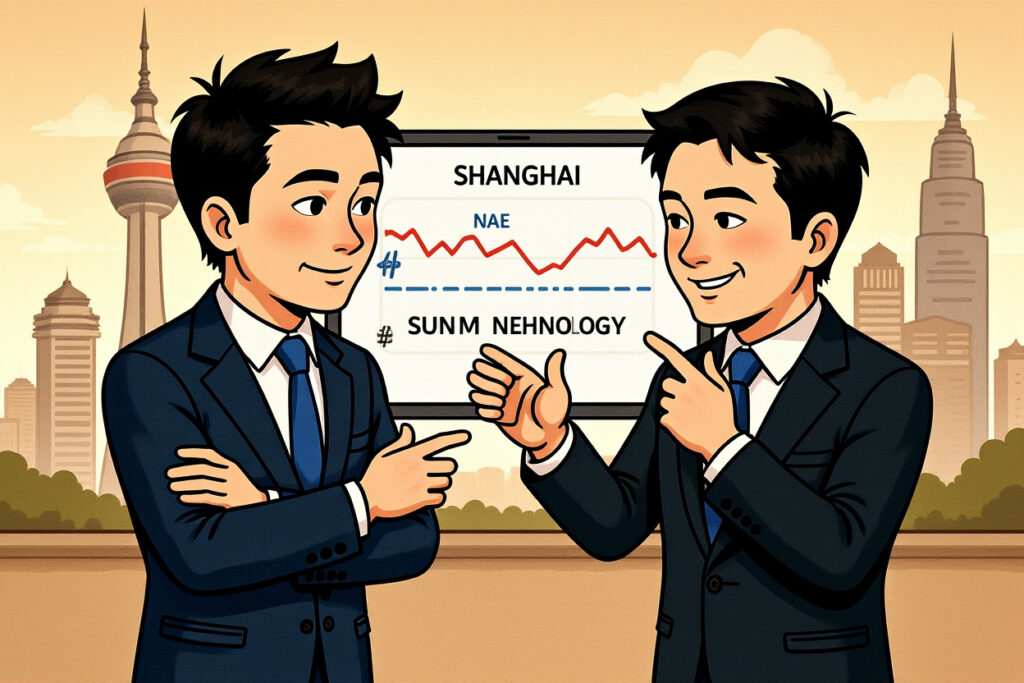Another major mutual fund firm has announced a change at the helm, continuing a trend of executive reshuffling within China’s asset management industry. This leadership transition comes amid evolving market conditions and increased regulatory scrutiny, raising questions about strategy, stability, and investor confidence. Here’s a breakdown of what this move signals and why it matters to the broader financial landscape.
Key Highlights of the Announcement
The fund company, one of China’s longest-standing public fund managers, confirmed the appointment of a new chairperson and general manager. This leadership transition follows the retirement of the former head, who had been with the firm for over a decade. Industry analysts suggest the move is part of a broader effort to inject fresh perspectives into the company’s strategic planning.
– New leadership brings experience from both domestic and international financial institutions
– The outgoing executive led the firm through periods of significant AUM growth
– Official statements emphasize continuity in fund management and client service
Why Leadership Changes Matter in Mutual Funds
Leadership transitions in asset management firms often signal shifts in investment philosophy, risk appetite, or strategic direction. For investors, these changes can influence fund performance, product innovation, and corporate culture.
Impact on Fund Performance and Strategy
Historical data suggests that changes in top management can lead to short-term volatility but also open doors to improved long-term strategies. A new leader may reallocate resources, revise asset allocation models, or introduce new financial products to better align with market trends.
Corporate Governance and Stability</h3
A smooth leadership transition reflects strong corporate governance, which is increasingly important as China’s fund industry matures. Companies that manage executive changes transparently tend to maintain higher levels of investor trust.
Industry-Wide Trend of Executive Reshuffling
This is not an isolated event. Over the past two years, more than a dozen Chinese mutual fund companies have undergone similar leadership transitions. Factors driving this trend include an aging cohort of executives, regulatory reforms, and competitive pressures.
– Retirement of founding members of China’s fund management industry
– Regulatory push for stronger compliance and risk management frameworks
– Need for digital transformation and fintech integration expertise
What This Means for Investors</h2
For retail and institutional investors, a change in fund company leadership requires attention but not alarm. Key considerations include:
– Reviewing any changes in fund manager appointments or investment committees
– Monitoring updates to fund strategies or risk disclosures
– Assessing the new leadership’s track record in previous roles
Investors should also consider whether the leadership transition aligns with their own investment goals and time horizons.
Looking Ahead: The Future of China’s Fund Industry
As China’s capital markets continue to liberalize and integrate with global markets, the role of mutual fund companies becomes increasingly complex. New leaders must navigate regulatory changes, technological disruption, and evolving investor expectations.
Emphasis on Innovation and Digitalization
Many recently appointed executives come with backgrounds in technology or digital finance, signaling a industry-wide shift toward smarter, more accessible fund products.
Sustainability and ESG Integration
There is growing expectation for fund companies to adopt stronger ESG (environmental, social, governance) standards. New leadership often accelerates these efforts.
This latest leadership transition is a reminder of the dynamic nature of China’s financial sector. For investors, staying informed about management changes is a key part of monitoring fund health and making sound investment decisions. Keep an eye on official announcements and analyst reports for further updates as this story develops.




